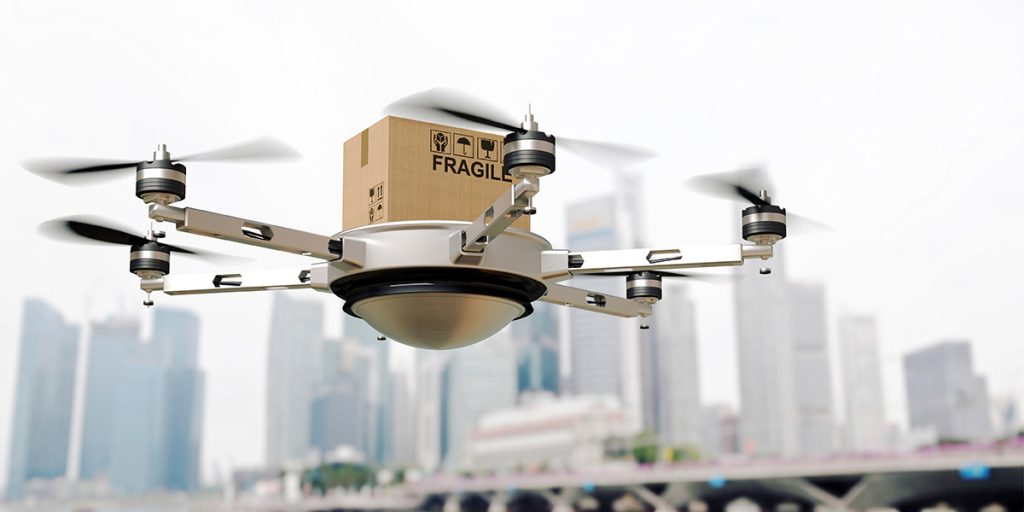The most exciting changes that will have a global prolific effect on fulfillment over the next several years will be in new technology, using it to strive to reach more customers. eCommerce revenues continue to climb around the world. The U.S., Western Europe and China alone will generate over $800 billion in online sales in 2015 according to Forrester Research. Technology advances are at the core of reaching these markets as online sales skyrocket.
Digital Currency
More companies are looking for ways to reach customers worldwide. Currently, it is cumbersome due to the range of currencies used throughout different countries. Digital currencies are poised to break that eCommerce fulfillment barrier and facilitate a seamless global marketplace making it easier to reach customers around the world. Brands looking to sell cross border will also turn their attention to smaller but fast-growing eCommerce markets. Third party fulfillment companies will be implementing their own new technology improvements to keep up with this anticipated increase in demand to capture more eCommerce business.
HP Survey: 79% of U.S. Organizations plan to adopt digital currencies.
Delivery Solutions
Upgrades in technology continue to transform the fulfillment arena. New software and Internet advancements are being tested to introduce innovative solutions that would seem to be out of a Star War’s movie such as testing drones to deliver packages. Imagine a 12 pack of beer delivered to your doorstep within minutes by a drone. Amazon is trying it. UPS has considered it. Ice fishermen in Minnesota used it to get beer. Yelp created one just for burritos. Not approved for commercial use by government regulatory standards yet, Google continues to run its test flights to stay ahead of the curve and be prepared when it happens.
Robotics
Many fulfillment providers have chosen to automate their services and turn to the use of robotics technology for greater efficiency. Logistics and supply chain managers are constantly faced with contradictory fulfillment operation requirements: reduce the space they use, but increase the volume of goods they distribute; reduce latency while reducing transport and handling costs; and cut labor costs but maintain or increase service levels.
Robotics have become a viable solution for fulfillment facilities address some of these issues. Though this is a highly debatable topic, most are finding a balance between having the right amount of staff on hand to ensure that quality is not compromised as a result.
The Cloud
More ecommerce based businesses are moving towards cloud-based fulfillment software integrated with all major shopping carts and optimized for mobile. The right software will increase access for all size retailers to enter the world of ecommerce no longer reserved for only conglomerates.
Data center/virtualization (DC/V) and cloud-computing technologies can have a significant impact on IT service delivery, cost and continuity of services. Having a solid service strategy is imperative to a ensuring the execution of these new tools is effective.
Biometric Authentications
Security breaches are at the top of every retailer’s mind. With more and more government regulations being introduced, companies are under extreme pressure to protect the privacy of their customers and continue to look at solutions particularly in fulfillment services. Biometric authentications, which include voice, eye, signature, fingerprint and facial recognition provide an additional layer of fraud defense used by companies like TransUnion and ImageWare. “In the past 12 months, the scope and frequency of data breaches have placed a growing burden on U.S. consumers who are often frustrated with inadequate, excessive or ineffective responses to compromised data,” said Jeff Brown, Vice President of identity risk solutions at TransUnion. “Through our relationship with ImageWare, we can offer customers an added level of fraud defense that helps them quickly establish a trusted relationship with consumers.”
Third party fulfillment providers are always seeking solutions by working with technology providers that are staying up with the latest developments in security. IT and programming experts will continue to develop ways in which retailers can better secure information to protect their customer base largely through use of these new technologies.
Driverless Vehicles
The future is near with driverless vehicles that can be used in 3PL logistics to deliver goods to customers. Self-driving cars that can maneuver around traffic circles, other vehicles and traffic lights can potentially deliver goods without the cost of employing human drivers – or paying for human mistakes.The leaders in fulfillment have already committed to having these services as soon as they are made available wanting to be on the forefront of the Technology Revolution. This may be the solution to the industry driver shortage and could yield big savings for small businesses. Google’s move into the same-day delivery, for example, will reportedly involve driverless cars and partnerships with retailers. Transportation companies could potentially follow suit. Something fulfillment companies will have to consider adding to their delivery options in the near future.
Wearable Devices
Wearable devices is a trend that has changed the way work is done in many fulfillment and distribution centers already, transforming traditional approaches to warehouse automation. It has the power to increase workforce efficiency, enhance warehouse productivity and lower costs by enabling workforces to interact with various forms of wireless wearable computer devices while performing a wide array of physical tasks requiring the use of both hands. Instead of having to hold a tablet, laptop, radio or smartphone, workers are now able to gain access to and interact with rich data, graphic visual displays, audio, video and even live remote expertise in some cases all while performing their normal activities.
In the not so far off future, wearable devices might be extended for use by customers to alert them of upcoming flash sales, giving them updates about their order fulfillment through artificial intelligence.
These types of current and future advances in technology will offer third party fulfillment providers a way to help increase efficiency and provide even better overall solutions to the clients they service as we move forward with the evolution of eCommerce.



